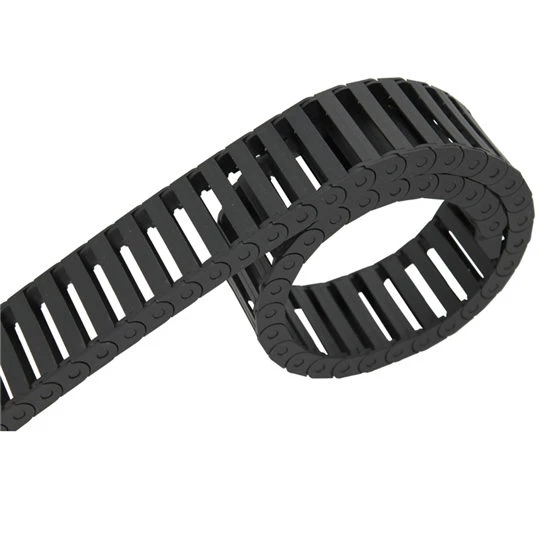Versatile Drag Chain for Enhanced Flexibility in Cable Management Systems
Understanding Flexible Drag Chains An Essential Element for Modern Machinery
In today's industrial landscape, the efficiency and reliability of machinery play a critical role in productivity. Among the various components that enhance operational performance, flexible drag chains have emerged as essential elements in managing cables and hoses in automated systems. This article delves into the significance of flexible drag chains, their applications, and their benefits in modern machinery.
What is a Flexible Drag Chain?
A flexible drag chain, also known as a cable guide chain, is designed to organize and protect cable and hose assemblies in moving machinery. These chains consist of interconnected links that provide a flexible conduit for the cables and hoses to move freely while preventing tangling, abrasion, and wear. The main purpose of a drag chain is to ensure that the moving parts of a machine can perform seamlessly without the risk of damaging critical electrical and hydraulic lines.
Key Features of Flexible Drag Chains
1. Flexibility and Adaptability The primary characteristic of flexible drag chains is their ability to bend and flex without compromising the integrity of the cables and hoses housed within them. This flexibility allows them to adapt to various machine movements, making them suitable for robotic arms, CNC machines, and conveyor systems.
2. Durability These chains are often made from high-quality materials such as nylon, polypropylene, or steel, ensuring that they can withstand harsh industrial environments. They are resistant to wear and tear, impact, and chemicals, making them a reliable choice for long-term use.
3. Customizability Flexible drag chains can be customized in terms of size, length, and internal configurations to accommodate specific cable and hose arrangements. This ability to tailor solutions meets the diverse needs of different machinery and applications.
4. Easy Installation and Maintenance Installing flexible drag chains typically requires minimal effort. Most designs allow for easy access to cables and hoses, simplifying maintenance and replacements when necessary.
flexible drag chain

Applications of Flexible Drag Chains
Flexible drag chains are used across a range of industries, including
- Manufacturing In automated production lines, drag chains protect cables and hoses that power machinery and equipment, ensuring smooth operation without interruptions. - Robotics Robotic systems rely heavily on drag chains to manage the cables that provide power and communication between the control unit and the robot’s actuators and sensors. - Telecommunications These chains help organize and protect the extensive cabling systems involved in telecommunication networks, maintaining efficiency and reducing maintenance downtime. - Marine and Aerospace In environments where conditions are extreme, flexible drag chains are crucial for protecting critical wiring and hoses, ensuring the safety and operational integrity of vessels and aircraft. Benefits of Using Flexible Drag Chains
1. Enhanced Safety By organizing cables and hoses, drag chains significantly reduce the risk of tripping hazards and cable damage. This offers a safer working environment for operators and maintenance personnel.
2. Improved Productivity With flexible drag chains, machines can operate at higher speeds and greater precision. The risk of equipment failure due to cable tangling or abrasion is minimized, resulting in uninterrupted production and efficiency.
3. Reduced Maintenance Costs Regular wear and tear can lead to costly repairs and downtime. By effectively managing cables and hoses, flexible drag chains prolong the lifespan of these components and reduce the frequency of replacements.
4. Aesthetic Organization Beyond functionality, flexible drag chains contribute to a neater appearance in workspaces. A well-organized setup reflects professionalism and can improve employee morale.
Conclusion
In conclusion, flexible drag chains are invaluable components in modern machinery, offering benefits that extend beyond mere cable management. Their flexibility, durability, and ease of installation make them a go-to solution for many industries aiming to enhance safety, efficiency, and productivity. As technology continues to evolve, the importance of reliable systems that streamline operations will only grow, making the use of flexible drag chains more critical than ever. Investing in these components is not just about protecting cables and hoses—it's about ensuring the operational success of the machinery that drives our modern world.








